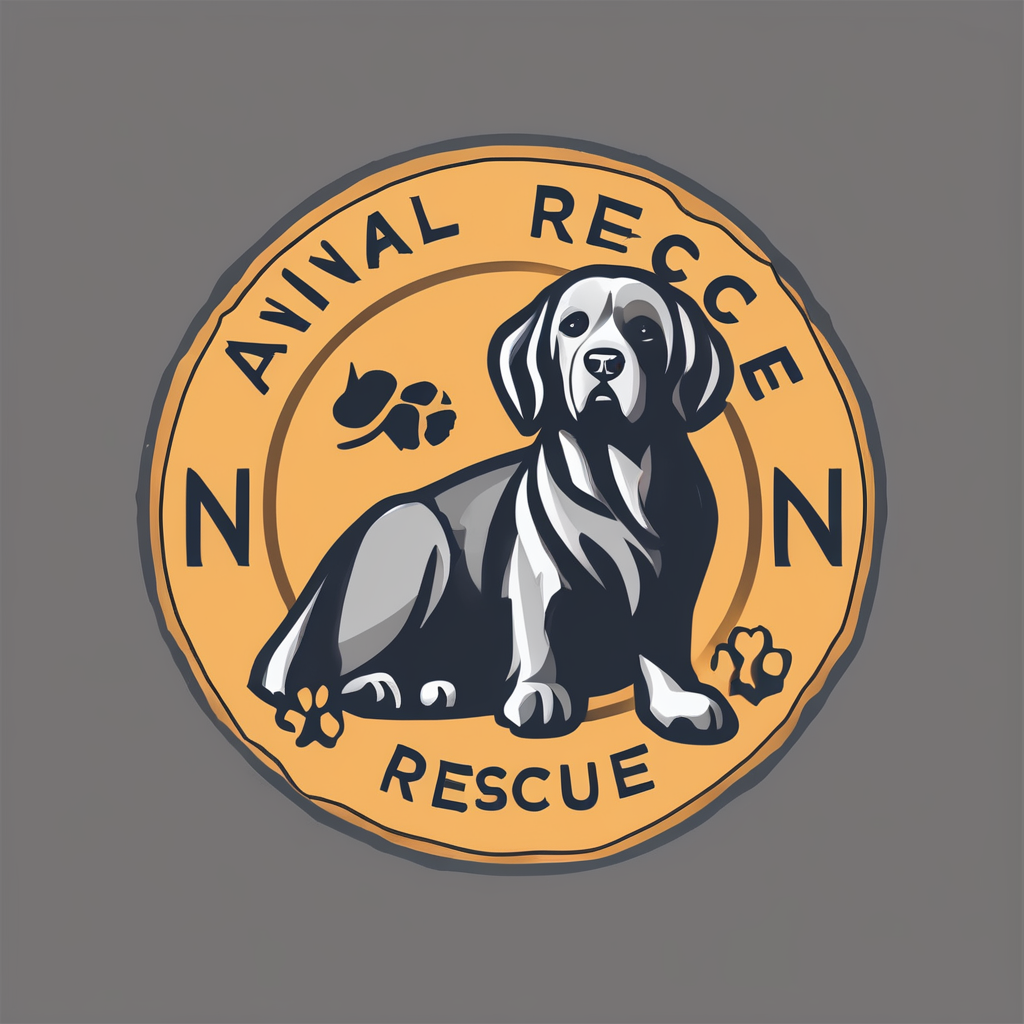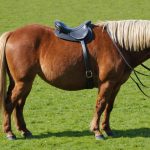In the world of dogs, mastering the art of walking on a leash is an essential skill. Anyone who has ever found themselves being dragged down the street by an enthusiastic puppy understands the importance of proper leash training. The secret lies not just in the tools you use, such as the leash itself, but in the techniques and strategies that teach your dog to walk politely by your side without pulling. By investing time and patience, you can enjoy serene and enjoyable walks with your canine companion. In this article, we delve into how you can achieve that seamless walking experience.
Understanding the Behavior Behind Pulling
When embarking on the journey of leash training, it’s crucial to first understand why dogs pull in the first place. Begin by considering the dog’s perspective: the world is a fascinating place full of smells, sights, and sounds that can be irresistible. To them, pulling is simply a means to an end — reaching that next exciting destination.
Topic to read : Proven gentle strategies to reduce your pomeranian”s barking when guests arrive
Moreover, many dogs have been inadvertently taught that pulling gets them where they want to go. If, for example, pulling on the leash leads to a quicker arrival at the park, the behavior is inadvertently reinforced. This is why a change in approach is essential.
The American Kennel Club (AKC) suggests focusing on consistent training that discourages the habit of pulling. It is vital to teach your dog that walking calmly by your side is more rewarding. This transformation requires patience, persistence, and the right incentives, such as treats.
In the same genre : Revamping playtime with your lively american staffordshire terrier: essential tips for gentle engagement
Another factor influencing leash behavior is the dog’s energy level. High-energy breeds, in particular, may find it challenging to control their enthusiasm. Understanding your dog’s specific traits and tendencies will help tailor the leash training approach to their needs.
The Importance of Starting Early
Like with many aspects of dog training, it’s most effective to start when your puppy is young. Puppies are akin to sponges, ready to absorb new information, making it the ideal time to introduce them to leash manners. However, don’t be discouraged if your dog is a little older; it’s never too late to instill good habits!
Before you start, ensure that the leash and collar or harness are comfortable and fit correctly. Your dog’s comfort is paramount in encouraging them to walk without pulling.
When you first start leash training, keep sessions short and positive. A puppy‘s attention span can be limited, and it’s essential to keep the experience enjoyable. Use treats and verbal praise to reinforce desired behaviors. Reward your puppy when they walk beside you without pulling, and stop when they pull. Over time, they will associate not pulling with positive outcomes.
For older dogs, consider additional techniques such as a front-clip harness or head halter, which can aid in preventing pulling by redirecting their attention. These tools, combined with consistent training, can make a significant difference.
Essential Training Techniques
Training your dog to walk politely on a leash requires a blend of consistency, patience, and technique. Below, we outline key strategies to facilitate this process.
1. Positive Reinforcement:
Using treats is a tried-and-true method to encourage good behavior. When your dog walks calmly by your side, reward them with a treat and verbal praise. This positive association makes them more likely to repeat the behavior.
2. The Stop-and-Go Method:
If your dog begins to pull, stop immediately. Stand still and wait for the dog to return to your side. Once they do, reward them and continue walking. This teaches them that only a slack leash allows movement.
3. Redirection Techniques:
When your dog displays signs of pulling, redirect their attention. Use a verbal cue, such as “here,” to bring their focus back to you. Reinforce this with a treat.
4. Consistent Commands:
Consistency in commands is crucial. Use phrases consistently, such as “let’s go” when you’re ready to move. This helps the dog understand what is expected during walks.
These techniques are grounded in reinforcing good behavior while discouraging negative actions. Over time, your dog will learn that a relaxed leash results in a rewarding and pleasant experience.
Incorporating the AKC’s Tips for Success
The American Kennel Club offers several invaluable tips for successful loose leash training. By incorporating these strategies into your regimen, you can enhance the effectiveness of your efforts.
1. Keep Sessions Short and Engaging:
To maximize effectiveness, keep training sessions brief, ideally between 5 to 10 minutes, especially for younger dogs. Short and engaging sessions maintain the dog’s interest and prevent frustration.
2. Be Patient and Consistent:
Consistency cannot be overstated. Regular practice reinforces learning. Leash training is not an overnight achievement, and patience is invaluable in seeing long-term results.
3. Avoid Harsh Corrections:
Avoid jerking the leash or using harsh tones, as these can cause anxiety and counterproductive results. Gentle guidance fosters trust and encourages cooperation.
4. Provide Ample Exercise:
Ensure your dog receives adequate physical activity outside of training sessions to burn off excess energy. A well-exercised dog is more likely to focus and comply during training.
By aligning with the AKC’s guidelines and adopting a consistent approach, your dog will learn to walk politely without pulling. It is a commitment of time and effort but one that will ultimately pay off in a harmonious walking experience.
Training your dog to walk politely on a leash without pulling is a journey that requires dedication and patience. The rewards, however, are profound. By understanding the underlying reasons for pulling, starting early, and employing effective training techniques, you set the stage for success.
Throughout this process, remember that each dog is unique. Tailor your approach to their specific needs and personality. With consistent effort, every walk can transform from a tug-of-war into a delightful shared experience.
Ultimately, the goal is not just about teaching your dog to walk nicely on a leash but about strengthening the bond between you. As you navigate this journey together, you both learn, grow, and enjoy the simple pleasure of a peaceful walk.






